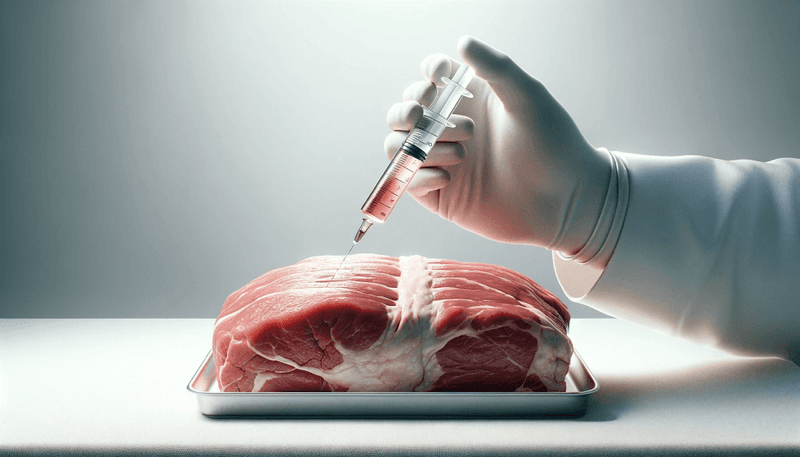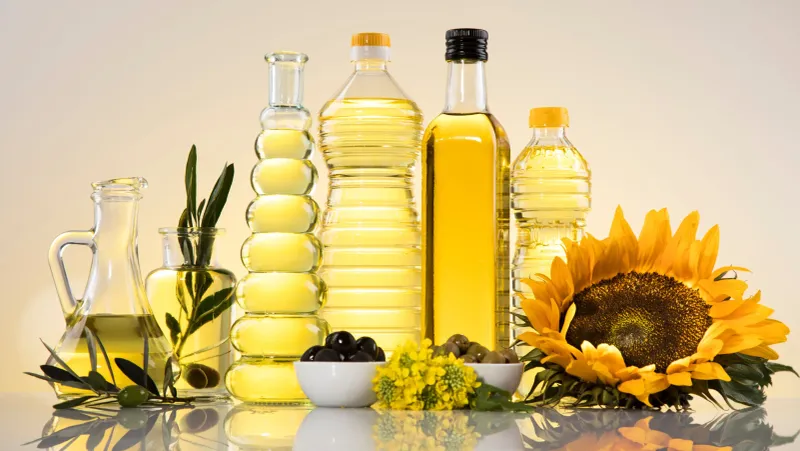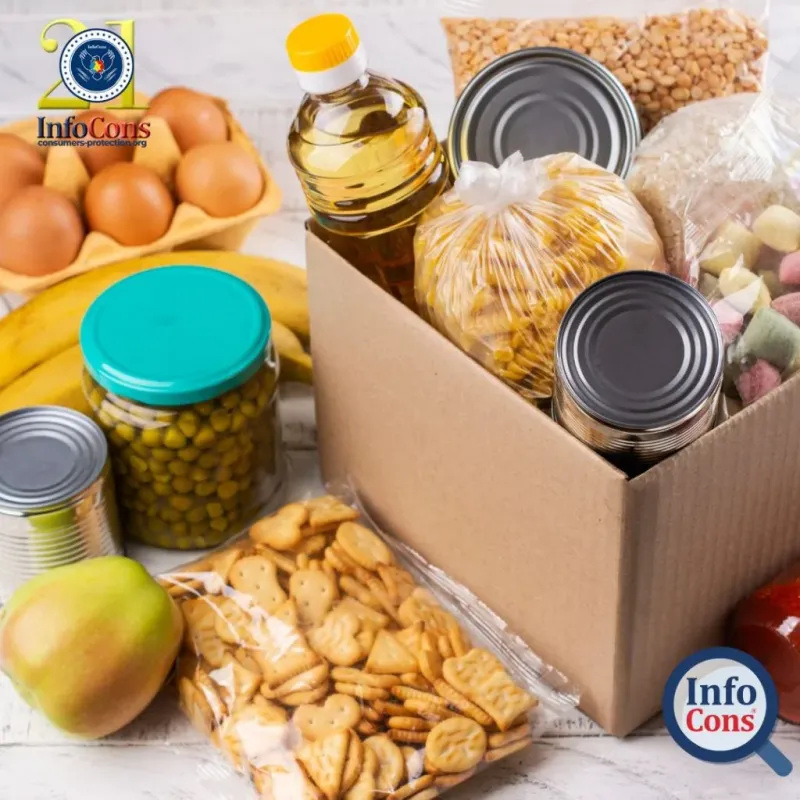Walk through a typical American grocery store, and you might spot products that would raise serious red flags across the Atlantic. While European regulators have banned certain animal-based foods and additives over health and safety concerns, many of those same items remain staples on U.S. shelves.
The reasons range from hormone use to questionable processing methods, sparking a growing debate over what should be allowed on our plates. These 12 animal products highlight the stark contrast in food standards—and why it matters.
1. Ractopamine-Enhanced Pork

Pig farmers love this muscle-building drug that makes animals grow leaner meat faster—but your body might not be as thrilled. Banned in 160 countries including the entire EU, Russia, and China, ractopamine continues its free flow through American bacon, ham, and pork chops.
Why the global cold shoulder? This growth promoter has been linked to cardiovascular issues and hyperactivity in humans, while causing pigs themselves to suffer lameness and difficulty walking. The drug remains detectable in meat long after slaughter.
2. Chlorine-Washed Chicken

Would you dunk your dinner in chlorine? American poultry processors routinely do! After chickens are slaughtered in high-speed facilities (up to 175 birds per minute), their carcasses take a chlorine bath to kill bacteria from fecal contamination.
Europe banned this practice back in 1997, arguing that relying on chemical treatments encourages sloppy hygiene throughout the production process. Their approach? Prevent contamination rather than trying to wash it away afterward.
3. Hormone-Treated Beef

Holy cow! American cattle get six different growth hormones pumped into them to fatten them faster and increase milk production. These synthetic hormones—including the controversial recombinant bovine growth hormone (rBGH)—have been outlawed across Europe since 1989.
European scientists worry about potential links between hormone residues in meat and increased cancer risks, particularly hormone-sensitive cancers like breast and prostate. They also cite concerns about early puberty in children exposed to these hormone residues.
4. Synthetic Food Dyes

Skittles, M&Ms, and Froot Loops wouldn’t look nearly as appealing without artificial colors! While Americans feast on foods containing Red 40, Yellow 5, and Blue 1, Europeans get naturally colored versions of the exact same products.
Studies have linked these petroleum-derived dyes to hyperactivity, allergic reactions, and even cancer in lab animals. The EU requires warning labels on foods containing these dyes, stating they “may have an adverse effect on activity and attention in children.”
5. Brominated Vegetable Oil (BVO)

Flame retardant in your Mountain Dew? You bet! BVO, a chemical used in flame retardants, still lurks in many citrus-flavored sodas and sports drinks in America despite being banned in Europe and Japan for decades.
This controversial emulsifier keeps flavoring oils evenly distributed but accumulates in human tissue and breast milk over time. Research links it to neurological impairment, thyroid problems, and early-onset puberty.
6. Genetically Modified Organisms (GMOs)

Corn that produces its own insecticide? Fish genes in tomatoes? While not completely banned in Europe, GMOs face such strict regulations and labeling requirements that they’re effectively shut out of the market. Americans, meanwhile, consume them daily without knowing.
The EU follows the precautionary principle—requiring proof of safety before widespread use. America takes the opposite approach: GMOs are considered safe until proven dangerous. This fundamental difference explains why up to 80% of processed foods in American supermarkets contain GMOs.
7. Recombinant Bovine Growth Hormone (rBGH)

Got milk? If you’re in America, you’ve likely got artificial hormones too! rBGH forces cows to produce up to 15% more milk, despite causing painful udder infections that require antibiotics treatment.
Europe banned this synthetic hormone in 1990 after studies showed it increases levels of insulin-like growth factor (IGF-1) in milk—a compound linked to breast, prostate, and colorectal cancers. The hormone also shortens cows’ lifespans and increases their suffering.
8. Arsenic-Based Animal Drugs

Feeding poison to chickens sounds crazy, but for decades, American poultry producers added arsenic-based drugs to chicken feed to prevent parasites and promote growth. Europe banned these compounds years before the FDA finally caught up in 2015.
Studies found that arsenic, a known carcinogen, remained in chicken meat at higher levels than naturally occurring. One popular arsenic-based drug, roxarsone, was withdrawn from the market, but others like nitarsone continued to be used in turkey production until more recently.
9. Phthalates In Food Packaging

That plastic cheese wrapper might be seasoning your food with endocrine-disrupting chemicals! Phthalates, industrial chemicals used to soften plastics, are strictly limited in European food packaging but continue contaminating American food supplies.
These sneaky compounds leach into food from processing equipment, conveyor belts, and packaging materials. Studies link them to hormone disruption, reduced sperm count, birth defects, and metabolic disorders including weight gain.
10. Azodicarbonamide In Bread

The same chemical used to make yoga mats and flip-flops fluffy also puffs up your sandwich bread! Azodicarbonamide, affectionately nicknamed the “yoga mat chemical,” remains legal in American baked goods while Europeans banned it years ago.
This industrial additive bleaches flour and conditions dough, but breaks down into urethane compounds during baking—chemicals linked to cancer in animal studies. When workers handle the pure chemical, it causes respiratory issues and skin problems severe enough to warrant workplace warnings.
11. Potassium Bromate In Baking

Cancer with your cookie? Potassium bromate, a flour-strengthening agent that helps bread rise higher and gives it a white color, remains legal in America despite being outlawed in Europe, China, Canada, Brazil, and elsewhere since the 1990s.
Animal studies link this additive to kidney and thyroid cancers, and it’s classified as a possible human carcinogen by international health authorities. The chemical supposedly breaks down during baking, but research shows harmful residues often remain in finished products.
12. Bleached Flour

White flour in America gets its pristine appearance from chemicals like chlorine gas and benzoyl peroxide—agents banned in European baking. These bleaching chemicals whiten flour faster than natural aging, speeding production but destroying nutrients in the process.
European bakers allow flour to whiten naturally through oxygen exposure or use safer alternatives. Studies link some flour bleaching agents to respiratory irritation, and the chemical process creates a compound called alloxan that has been used to induce diabetes in lab animals.

